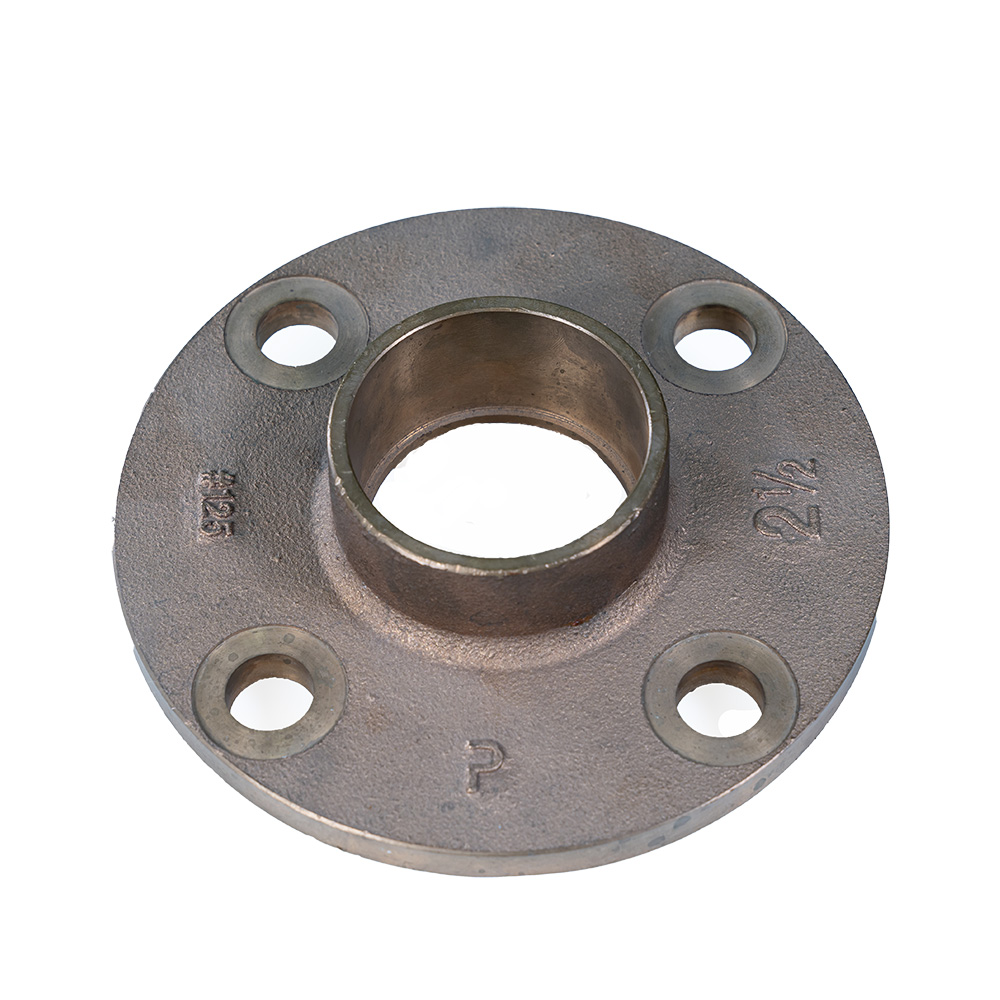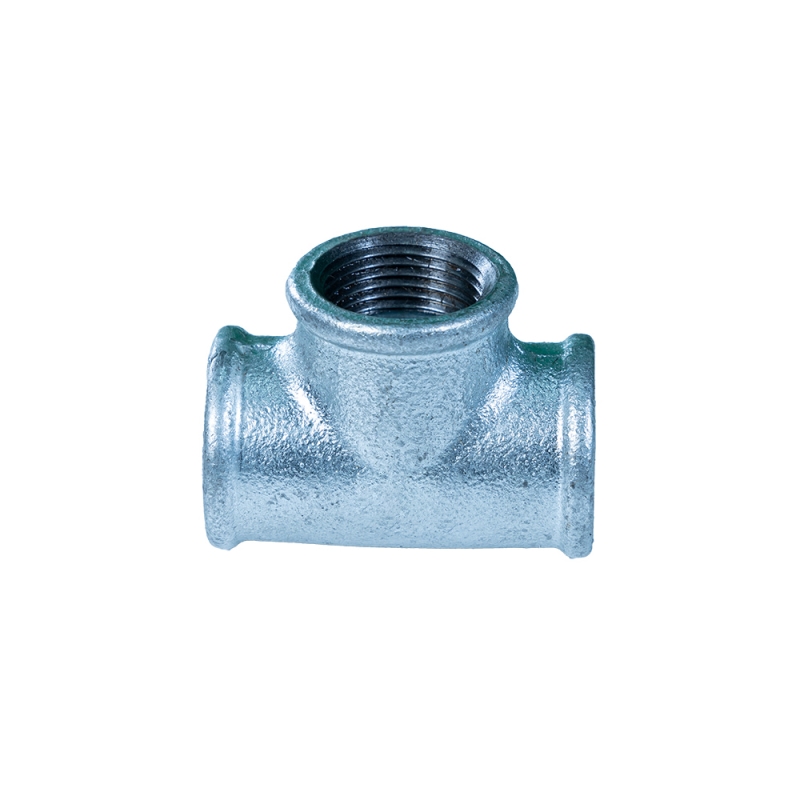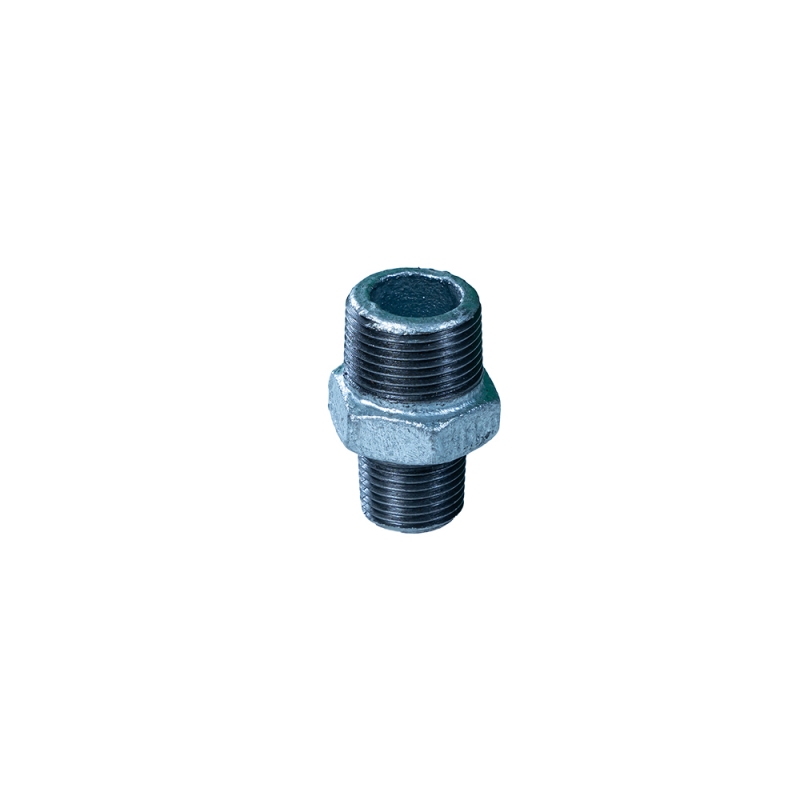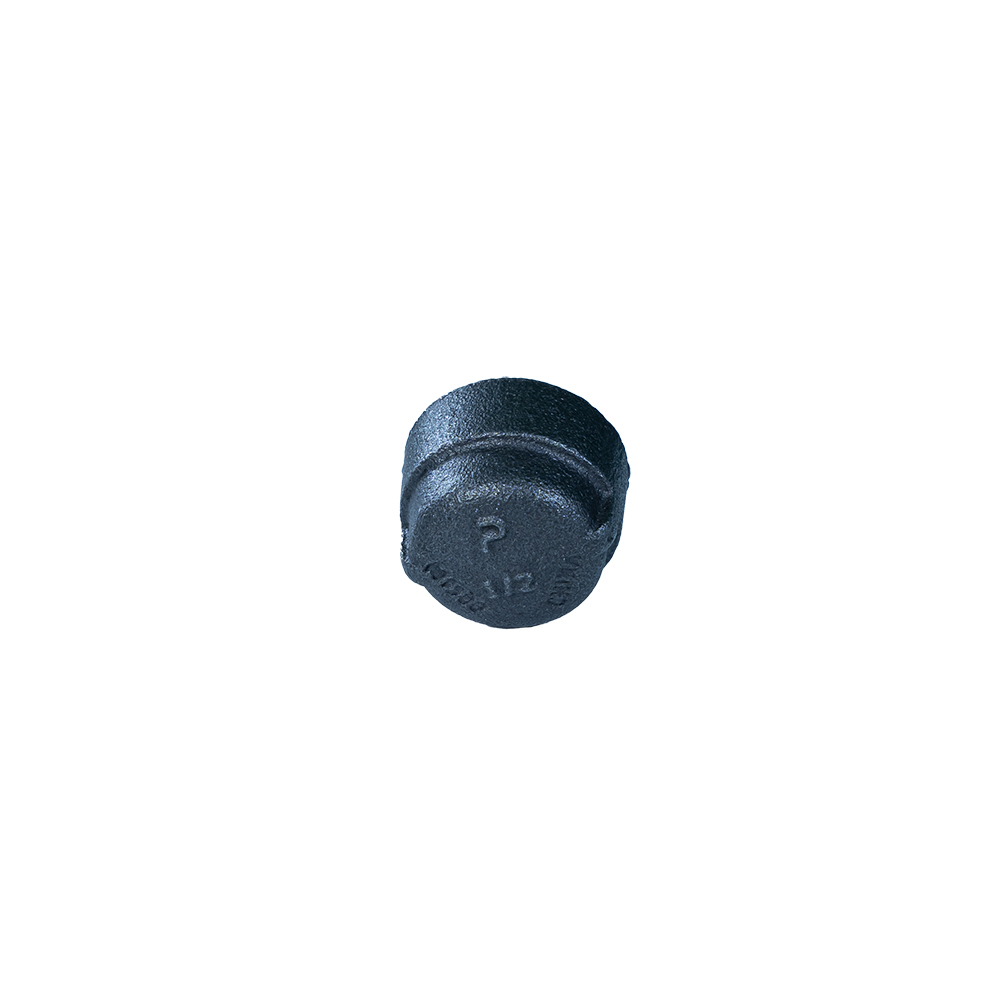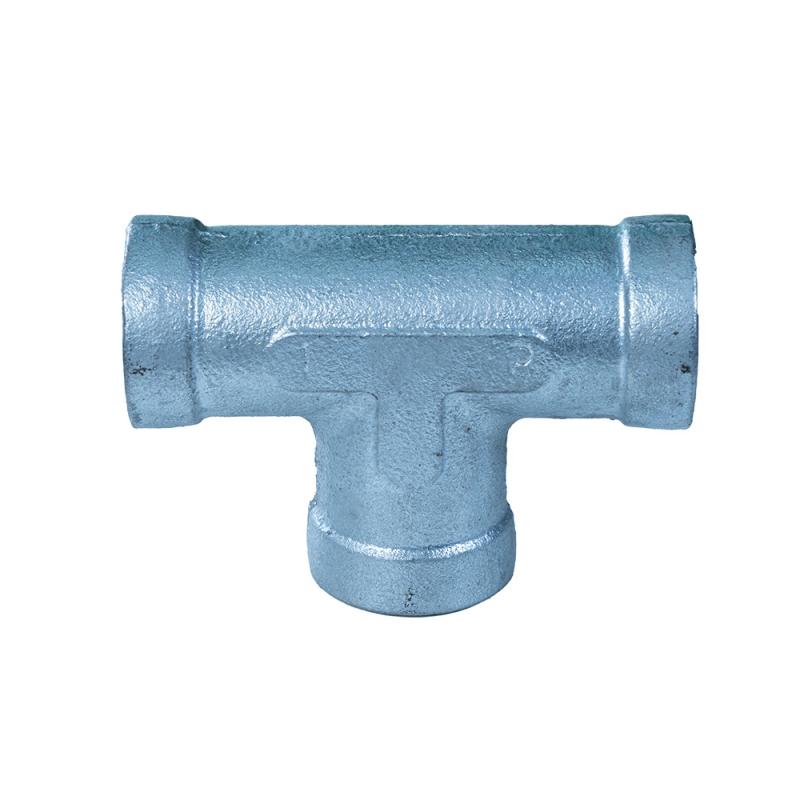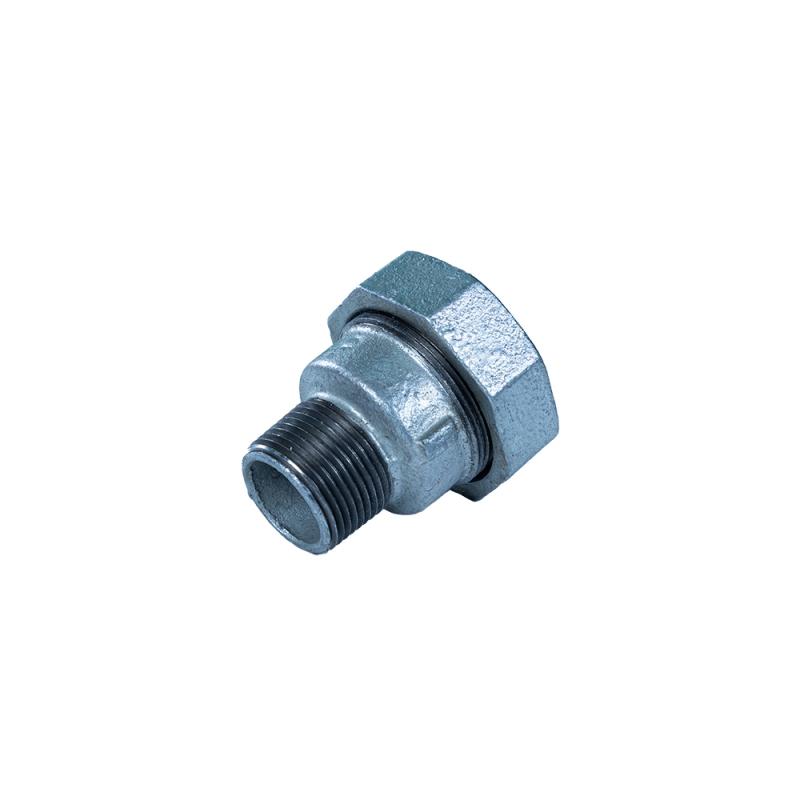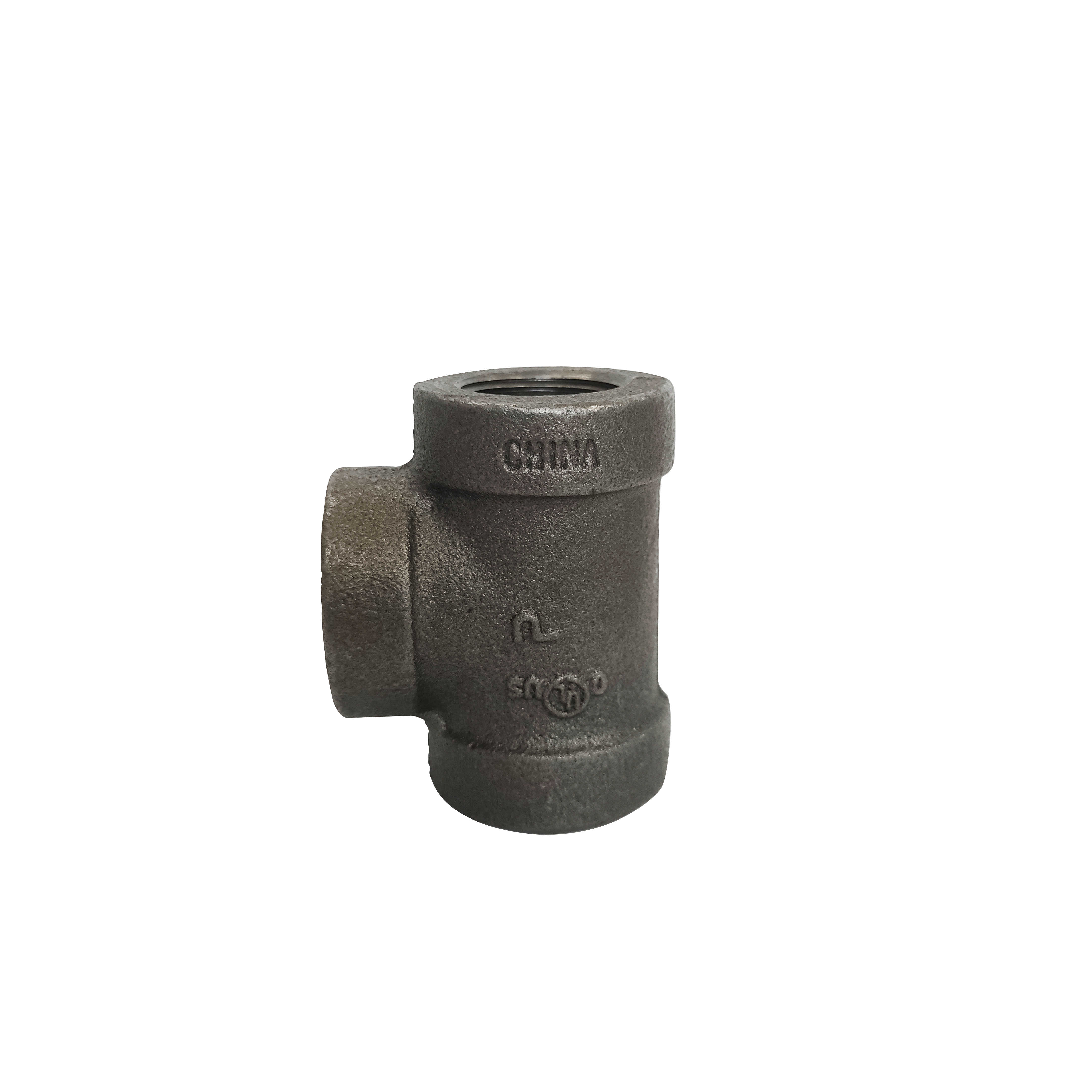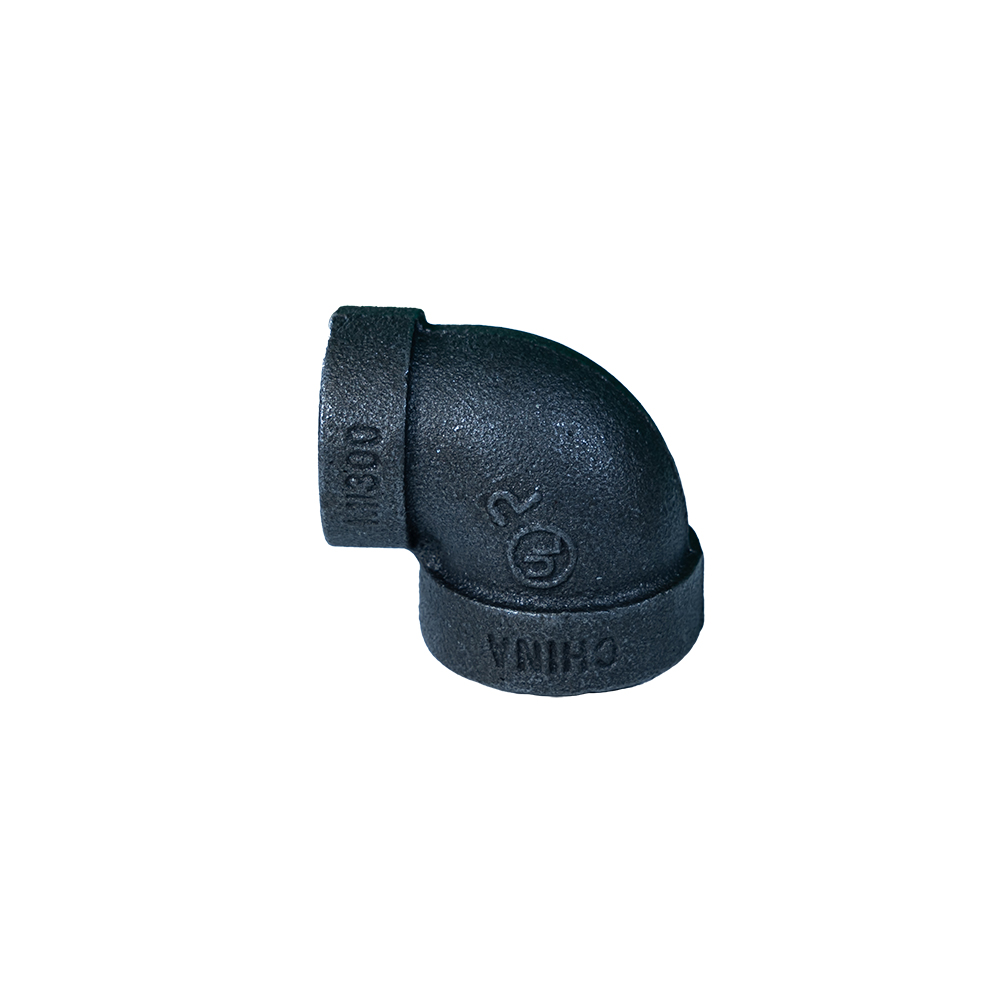Navigating Industrial Demands: The Enduring Role of Class 300 Pipe Fittings
In the demanding landscape of industrial fluid conveyance, the precise selection of appropriate piping components is paramount to ensuring operational integrity, safety, and long-term efficiency. Among the myriad options available, class 300 pipe fittings stand out as a critical category, engineered with robust materials to withstand significant pressure and temperature variations across a broad spectrum of applications. These fittings, frequently manufactured from high-grade malleable iron or resilient cast bronze, are indispensable in systems requiring superior mechanical strength, excellent ductility, and a high degree of reliability under adverse conditions. Their design and fabrication strictly adhere to stringent international industry standards, such as those promulgated by ANSI/ASME, ensuring seamless integration, consistent quality, and predictable long-term performance in some of the most challenging operational environments. The inherent versatility and robust nature of these components allow for their critical deployment in diverse sectors, ranging from high-pressure steam lines in power generation plants to intricate hydraulic systems in heavy manufacturing, and from complex chemical processing facilities to essential municipal water distribution and treatment networks. Understanding the nuanced technical specifications, the precision involved in their manufacturing, and the strategic advantages they confer is crucial for B2B decision-makers, engineering teams, and procurement specialists looking to optimize their infrastructural investments, minimize operational risks, and ensure regulatory compliance. This comprehensive deep dive explores the multifaceted aspects of class 300 pipe fittings, illuminating their pivotal role in modern industrial ecosystems and highlighting why they remain a preferred choice for critical applications where performance cannot be compromised.
The robust nature and exceptional resilience of class 300 pipe fittings are a direct consequence of their meticulously chosen material composition and the advanced manufacturing processes they undergo. When specifically considering 300 malleable iron fittings, their strength is derived from a unique metallurgical structure that imbues them with excellent tensile strength and a commendable degree of ductility. This combination allows them to absorb operational stresses, thermal expansion, and mechanical vibrations without succumbing to brittle fracture, a characteristic particularly vital in dynamic industrial settings where unpredictable conditions are common. Furthermore, the standardized dimensions and rigorous pressure ratings associated with these fittings ensure universal interoperability and greatly simplify both system design and subsequent maintenance procedures. Industry standards, prominently including ASME B16.3 and B16.39 for malleable iron fittings, rigorously define their precise pressure-temperature ratings, critical dimensions, and material specifications, thereby guaranteeing consistent quality and predictable performance across different manufacturers globally. For instance, a typical class 300 malleable iron fittings unit is rated for a substantial working steam pressure of 300 psi at temperatures extending up to 550°F (288°C), and a non-shock water, oil, or gas (WOG) pressure of 2000 psi at 150°F (65°C). This formidable dual rating, often referred to as the class 300 pipe fittings pressure rating, unequivocally underscores their capability to handle exceptionally demanding operational conditions with an impressive margin of safety, thereby contributing significantly to the longevity, reliability, and ultimate safety of industrial piping systems across a spectrum of critical applications.
The Precision Craftsmanship: Manufacturing Journey of Class 300 Fittings
The manufacturing of class 300 pipe fittings, particularly the robust 300 malleable iron fittings, involves a highly sophisticated and multi-stage process meticulously engineered to achieve unparalleled strength, exceptional durability, and uncompromising dimensional accuracy. This intricate journey typically commences with the rigorous selection of raw materials, where high-quality pig iron and precisely proportioned steel scrap are chosen for their specific chemical compositions. This initial selection is absolutely crucial, as it directly influences the final metallurgical properties essential for producing high-performance malleable iron. The chosen raw materials are then carefully melted in advanced high-frequency induction furnaces, ensuring a perfectly homogeneous mix and incredibly precise temperature control throughout the melting phase. Following this, the molten metal is precisely poured into meticulously designed sand molds, often created using state-of-the-art pattern-making techniques that allow for the formation of intricate shapes and highly accurate initial dimensions. This primary casting process, predominantly sand casting, is fundamental for shaping the nascent fittings. Upon solidification, these rough castings then undergo a critical annealing heat treatment. During this vital phase, the castings are heated to specific, elevated temperatures and subsequently cooled very slowly under controlled conditions. This annealing process fundamentally transforms the brittle white iron microstructure into the ductile malleable iron structure, significantly enhancing its strength, ductility, and machinability – qualities that are quintessentially required for reliable pressure applications and contribute to the superior class 300 pipe fittings pressure rating.
Subsequent to the transformative annealing process, the precision-manufactured fittings advance to the machining phase, where highly advanced CNC (Computer Numerical Control) machines are meticulously employed to precisely machine threads, bevels, and other critical functional surfaces. This ensures that each fitting conforms to the stringent dimensional tolerances specified by leading industry standards such as ANSI/ASME B16.3 and B16.39. This level of precision machining is paramount, guaranteeing perfect fitment and ensuring leak-free, secure connections within operational systems. Concurrently, rigorous quality control and exhaustive testing protocols are integrated at every single stage of the manufacturing process. Fittings undergo demanding hydrostatic testing to unequivocally verify their pressure integrity and structural soundness, meticulous visual inspections are conducted for any surface defects or irregularities, and precise dimensional checks are performed using advanced precision gauges. Furthermore, the exact material composition is rigorously verified through advanced spectrographic analysis, and critical mechanical properties such as tensile strength, yield strength, and elongation are comprehensively confirmed through independent laboratory testing. The unwavering emphasis on these strict quality control measures, which are consistently guided by international benchmarks like ISO 9001 for quality management systems, ensures that every single class 300 malleable iron fittings unit delivered not only meets but frequently surpasses the specified performance criteria. This meticulous attention to detail and unwavering commitment to quality significantly contributes to a long service life, typically ranging from 20 to 50 years or even longer depending on the specific application and prevailing environmental conditions, underpinning their exceptional reliability and inherent corrosion resistance, making them ideal for critical infrastructure.
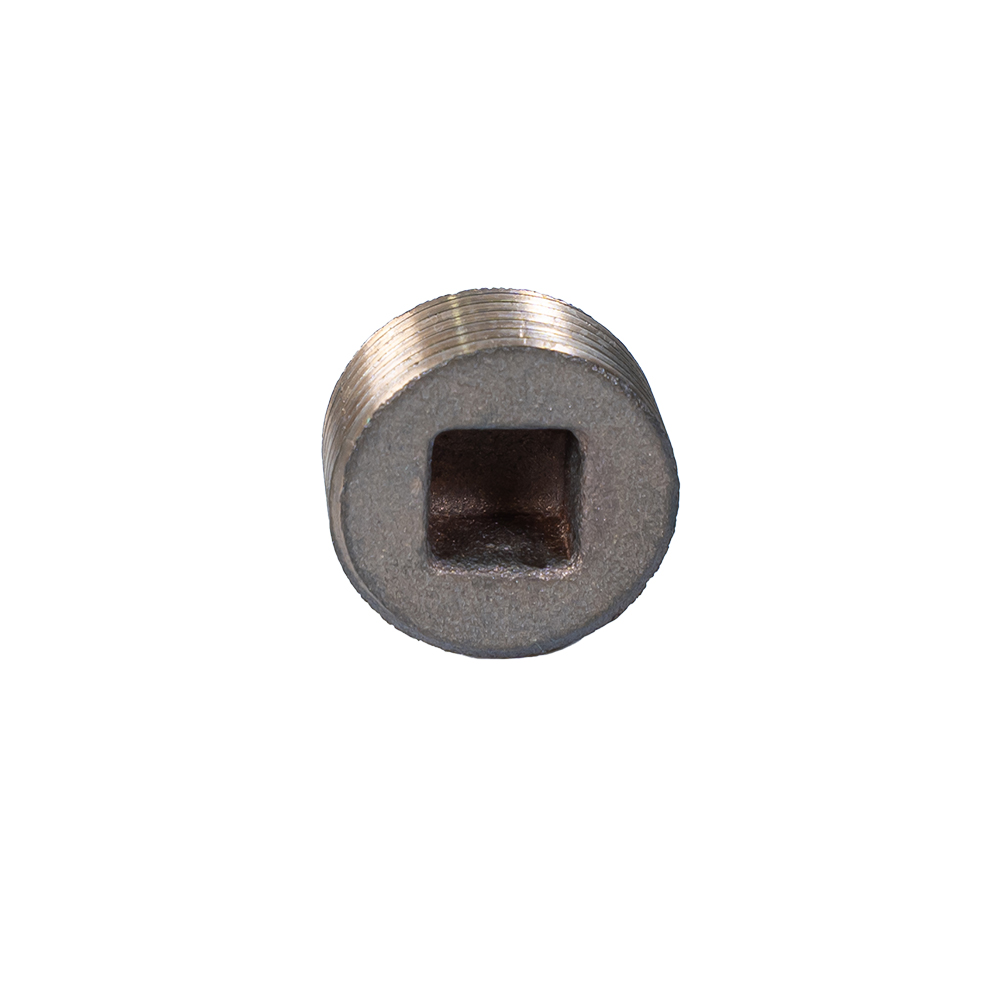
Fig 1: Advanced Casting Techniques for Industrial Fittings Illustrating Initial Production Stages.
Technical Parameters and Performance Data: The Backbone of Reliability
The performance characteristics of class 300 pipe fittings are precisely quantifiable through a comprehensive set of critical technical parameters that explicitly define their operational boundaries and suitability for a vast array of industrial applications. These vital parameters are not merely theoretical values but are rigorously tested, validated, and meticulously documented, providing engineers, system designers, and procurement professionals with the essential data required to make highly informed and confident decisions. Key among these defining characteristics are the pressure-temperature ratings, which unequivocally dictate the maximum allowable working pressure (MAWP) that a fitting can safely withstand at specific, elevated temperatures. For instance, in accordance with the authoritative ASME B16.3 standard, class 300 malleable iron fittings are explicitly rated for a robust 300 psi saturated steam pressure at temperatures reaching up to 550°F (288°C). Concurrently, they are also rated for an impressive 2000 psi non-shock WOG (Water, Oil, Gas) pressure at temperatures up to 150°F (65°C). This dual rating distinctively highlights their exceptional versatility and robust design, making them equally capable in both high-temperature steam distribution systems and lower-temperature, yet high-pressure, fluid conveyance lines. Furthermore, precise dimensional specifications such as wall thickness, the specific thread type (e.g., NPT - National Pipe Taper), and overall geometric dimensions are critically important for ensuring seamless interchangeability and perfect fit within complex and interconnected piping systems. Adherence to these precise specifications significantly minimizes the inherent risk of leakage, enhances system efficiency by reducing pressure drops, and crucially prevents potential catastrophic failures, thereby contributing substantially to the overall safety and long-term reliability of critical industrial infrastructure where class 300 pipe fittings are deployed.
Beyond the critical pressure ratings, the intrinsic material properties are absolutely fundamental to the performance and longevity of class 300 pipe fittings. Malleable iron, a cornerstone material for a significant proportion of these high-pressure fittings, boasts impressive mechanical properties. It typically exhibits a tensile strength ranging from a robust 50,000 to 60,000 psi (approximately 345 to 414 MPa) and a yield strength of 32,000 to 40,000 psi (approximately 221 to 276 MPa). Crucially, this material also demonstrates remarkable elongation properties, typically ranging from 10% to 18%. This unique combination of high strength and significant ductility provides exceptional resistance to sudden thermal shock and continuous mechanical stress, making it an ideal choice for dynamic industrial environments. Corrosion resistance is another absolutely vital parameter, which is profoundly influenced by the precise material composition and any applied protective coatings. While standard malleable iron offers commendable general corrosion resistance in many common industrial environments, highly specialized applications involving aggressive or unique corrosive media might necessitate advanced protective coatings or the use of alternative, inherently corrosion-resistant materials. A prime example of such an alternative is cast bronze, as exemplified by products like the Countersunk Plug Pipe Fitting Cast Bronze. This specific material offers inherent resistance to common issues like dezincification and galvanic corrosion, particularly prevalent in demanding water systems. Comprehending these nuanced and intricate technical parameters, which are consistently verified through comprehensive material testing and strict adherence to established standards like ASTM A47 for malleable iron, enables precise engineering, optimal material selection, and ultimately ensures peak performance in remarkably diverse and challenging scenarios, ranging from preventing hazardous leaks in critical hydraulic lines to maintaining consistent and efficient flow in complex chemical processing plants, thereby extending the utility and scope of the class 300 pipe fittings pressure rating.
Key Technical Specifications for Class 300 Pipe Fittings (Malleable Iron)
| Parameter | Typical Value/Description | Governing Standard | Significance/Relevance |
|---|---|---|---|
| Steam Working Pressure | 300 psi (20.7 bar) @ 550°F (288°C) | ASME B16.3 | Critical for high-temperature steam systems (e.g., power plants, industrial boilers) |
| Non-Shock WOG Pressure | 2000 psi (138 bar) @ 150°F (65°C) | ASME B16.3 | Applies to non-corrosive water, oil, and gas lines (e.g., hydraulics, fuel systems) |
| Tensile Strength | 50,000 - 60,000 psi (345-414 MPa) | ASTM A47 | Material's resistance to breaking under tension, indicates structural integrity |
| Yield Strength | 32,000 - 40,000 psi (221-276 MPa) | ASTM A47 | Pressure point where material begins permanent deformation, critical for design limits |
| Elongation | 10% - 18% | ASTM A47 | Ductility measurement, material's ability to stretch without fracturing, crucial for shock resistance |
| Thread Standard | NPT (National Pipe Taper) | ASME B1.20.1 | Ensures tight, self-sealing, and leak-proof connections across various pipe sizes |
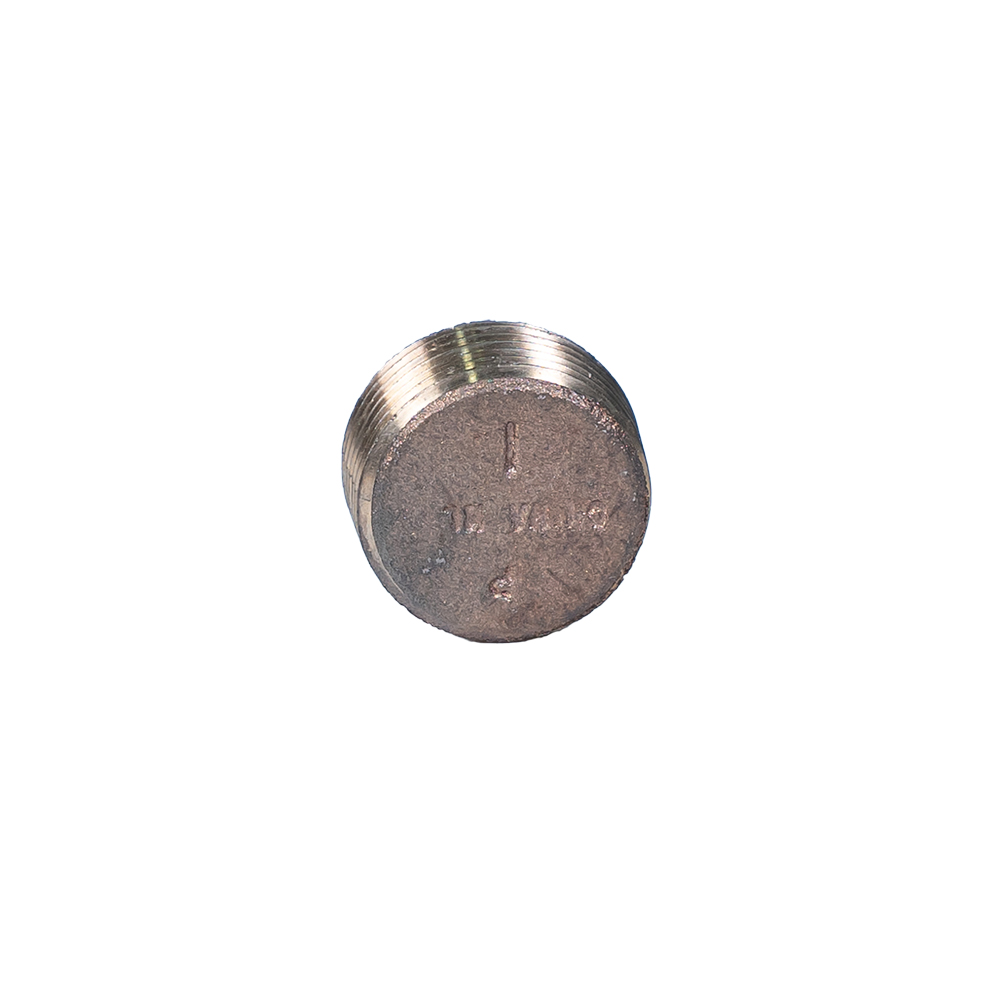
Fig 2: Diverse Applications of High-Pressure Pipe Fittings in Industrial Settings.
Diverse Applications and Strategic Advantages in Industrial Ecosystems
The robust characteristics and impressive class 300 pipe fittings pressure rating make class 300 pipe fittings absolutely indispensable across a multitude of heavy industrial and critical commercial sectors globally. In the demanding petrochemical industry, where hazardous, high-pressure, and often corrosive fluids (such as crude oil, refined fuels, or various chemical reagents) are routinely transported, these fittings provide the fundamental integrity necessary to prevent dangerous leaks and ensure the continuous, safe, and efficient operation of complex refineries, chemical plants, and offshore platforms. Their exceptional resilience to both high temperatures and significant pressures makes them the ideal choice for steam distribution systems within power generation facilities, encompassing everything from traditional fossil fuel plants to modern nuclear power stations, where consistent and uninterrupted performance under extreme conditions is not merely desired but is an absolute non-negotiable requirement for grid stability and safety. Furthermore, in the metallurgy sector, these fittings play a crucial role in conveying high-temperature cooling water, various industrial gases, and other essential process fluids involved in energy-intensive smelting, casting, and metal treatment operations. Beyond these heavy industrial applications, 300 malleable iron fittings are extensively utilized in vital municipal infrastructure, including large-scale water supply and drainage networks, critical fire protection systems for public and private buildings, and sophisticated HVAC (Heating, Ventilation, and Air Conditioning) applications within large commercial and institutional structures, unequivocally demonstrating their remarkable versatility, adaptability, and unwavering reliability across diverse operational contexts.
The technical advantages conferred by class 300 pipe fittings are profound and directly translate into tangible, measurable benefits for complex industrial operations. Their superior pressure handling capabilities, validated by the stringent class 300 pipe fittings pressure rating, significantly reduce the inherent risk of catastrophic failures, thereby profoundly enhancing overall system safety, operational stability, and long-term reliability. The inherent ductility characteristic of malleable iron, a key attribute of these fittings, enables them to absorb operational stresses, external impacts, and continuous vibrations far more effectively than brittle materials. This capability fundamentally extends the service life of the entire piping system, substantially reducing the frequency and cost of maintenance interventions. This prolonged lifespan, combined with their exceptionally robust construction, effectively minimizes the total cost of ownership over the entire operational lifecycle. Moreover, the precision threading and consistently accurate dimensions facilitate remarkably easier installation, dramatically reducing labor time and ensuring perfectly leak-proof connections. This is paramount for preventing costly fluid loss, minimizing energy waste through inefficient pressure drops, and crucially, mitigating environmental contamination. In highly specialized applications sensitive to material interaction, such as potable water systems or aggressive chemical processing lines, fittings manufactured from specific alloys like cast bronze – for instance, the Countersunk Plug Pipe Fitting Cast Bronze – offer inherent advantages such as superior corrosion resistance and strict compliance with rigorous health and safety standards. The proven ability of these class 300 pipe fittings to perform reliably and consistently in demanding corrosive and high-temperature environments contributes directly to optimized system efficiency, often resulting in significant energy savings by minimizing pressure drops and eliminating the potential for expensive, chronic leaks.
Vendor Selection, Custom Solutions, and Proven Success
Selecting the optimal manufacturer for class 300 pipe fittings is a paramount strategic decision that profoundly impacts critical project timelines, overall budgetary constraints, and crucially, the long-term operational performance and reliability of the entire fluid conveyance system. A truly reputable manufacturer distinguishes itself through unwavering adherence to stringent international quality standards, most notably ISO 9001, and the possession of relevant industry-specific certifications, such as those from ANSI, UL (Underwriters Laboratories), or FM (Factory Mutual). Furthermore, a proven track record, demonstrated through significant service years in the industry and a portfolio of successfully completed projects, serves as a strong indicator of their expertise and reliability. Transparency in providing comprehensive testing data, including detailed material certification reports and verified hydrostatic test results for each batch of 300 malleable iron fittings, is a fundamental hallmark of trustworthiness and commitment to quality. When rigorously evaluating potential suppliers, it is imperative to assess their capacity for delivering customized solutions. While standard class 300 pipe fittings are designed to meet a vast majority of industrial requirements, highly specialized projects may demand unique dimensions, specific material compositions tailored for unusual or aggressively corrosive media, or bespoke design modifications to seamlessly integrate with highly specialized existing infrastructure. A manufacturer with advanced design capabilities, leveraging modern CAD and simulation tools, coupled with flexible production processes, can prove to be an invaluable strategic partner, ensuring that even the most complex and unique requirements are met without any compromise on the integrity, performance, or safety of the critical piping system.
Our extensive experience in consistently providing high-quality pipe fittings for a diverse array of demanding industrial applications has been significantly underscored by numerous successful partnerships and overwhelmingly positive client feedback, building our reputation as a leader in class 300 pipe fittings. For instance, in a recent major municipal water treatment plant upgrade project, our specialized `Countersunk Plug Pipe Fitting Cast Bronze` fittings were meticulously specified for critical interconnection points. This selection was based on their documented superior corrosion resistance, particularly their resilience to dezincification and their proven durability in highly chlorinated water environments, which is crucial for public health and system longevity. The project demanded not only precise dimensional consistency for rapid installation but also exceptionally rapid delivery timelines, both of which we consistently met through optimized logistics and robust inventory management, contributing directly to the project's on-time completion and its long-term operational success, which has now spanned over three years. Another significant application case involved a complex petrochemical facility that required custom-sized class 300 malleable iron fittings for a newly designed processing unit. Our dedicated engineering team collaborated closely with their technical staff, utilizing advanced finite element analysis to design and then deliver fittings that integrated perfectly with their highly specialized equipment. This provided a remarkably robust and reliable solution that has performed flawlessly under extreme high-pressure, high-temperature hydrocarbon flow for over five years, demonstrating exceptional durability and safety. These compelling instances highlight not only our cutting-edge manufacturing capabilities but also our unwavering commitment to comprehensive client support, extending from the initial consultation and bespoke design phases to seamless delivery and proactive post-sale assistance, thereby reinforcing our authority, expertise, and trustworthiness in the highly competitive industrial fittings market.
Frequently Asked Questions (FAQ) and Unwavering Customer Assurance
Common Inquiries Regarding Class 300 Pipe Fittings
-
Q: What is the primary operational distinction between Class 150 and class 300 pipe fittings?
A: The fundamental operational difference between Class 150 and class 300 pipe fittings lies squarely in their distinct pressure-temperature ratings and their associated intended applications. Class 300 fittings are meticulously engineered and rated for significantly higher pressures and more extreme temperatures compared to their Class 150 counterparts, making them suitable for more rigorous industrial environments. For illustrative purposes, a Class 300 malleable iron fitting is robustly designed to handle 300 psi saturated steam at temperatures up to 550°F (288°C) and a remarkable 2000 psi non-shock Water, Oil, Gas (WOG) pressure at 150°F (65°C). In stark contrast, a Class 150 fitting typically operates safely under 150 psi saturated steam at 400°F (204°C) and only 300 psi WOG at 150°F (65°C). This substantial difference in the class 300 pipe fittings pressure rating dictates that Class 300 fittings are the unequivocal choice for demanding, high-stress, and high-safety-critical applications where maximum reliability is paramount.
-
Q: Are 300 malleable iron fittings inherently suitable for highly corrosive industrial environments?
A: While malleable iron, the primary material for many class 300 pipe fittings, offers generally good corrosion resistance in a wide range of common industrial environments, its ultimate suitability in highly aggressive or specialized corrosive environments is critically dependent on the specific chemical agent, its concentration, and the prevailing operational temperature. For applications involving severely corrosive media or specific issues like highly chlorinated water or certain acids, alternative materials such as our specialized `Countersunk Plug Pipe Fitting Cast Bronze` or the application of advanced protective coatings might be explicitly recommended to ensure optimal longevity, prevent premature material degradation, and maintain system integrity. It is always strongly advised to consult comprehensive material compatibility charts and, if necessary, seek expert metallurgical advice for specific, challenging chemical environments to ensure the highest degree of safety and operational lifespan.
-
Q: What is the typical lead time or delivery cycle for custom class 300 pipe fittings orders?
A: The delivery cycles for custom orders of class 300 pipe fittings can naturally vary considerably based on several critical factors, including the overall complexity of the design, the specific material availability for bespoke requirements, and the total volume of the order. For standard catalog items, typical shipping times are generally within 3-7 business days, reflecting our efficient inventory and logistics. However, highly customized solutions, which may involve intricate engineering, unique tooling, or specialized manufacturing processes, might realistically require a lead time of 4-8 weeks. This extended period accounts for initial design and engineering, prototyping if necessary, precision manufacturing, and our rigorous multi-stage quality assurance checks. We are committed to prioritizing efficient production and maintaining transparent communication with our clients, providing detailed timelines upfront and offering regular updates throughout the production and delivery process to ensure that customer expectations are proactively managed, and critical project deadlines are consistently met with precision.
Our Unwavering Commitment to Quality and Exemplary Customer Support
We proudly stand behind the superior quality, exceptional performance, and unwavering reliability of all our class 300 pipe fittings with robust warranties and comprehensive, proactive customer support. Every single one of our products is meticulously manufactured under the rigorous guidelines of ISO 9001 certified quality management systems, thereby guaranteeing consistent excellence, unparalleled precision, and strict adherence to the highest international standards. We extend a standard 5-year warranty against any manufacturing defects across our entire range of class 300 malleable iron fittings and specialized bronze fittings, providing invaluable peace of mind and demonstrating our absolute confidence in our product's longevity to our esteemed clients. Our dedicated and highly experienced technical support team is readily available and expertly equipped to assist with every phase, from precise product selection and detailed installation guidance to proactive troubleshooting and efficient resolution of any operational queries. Our steadfast commitment is not merely to sell products but to forge enduring, mutually beneficial partnerships built on unwavering trust, complete transparency, and the profound assurance of superior product quality that consistently delivers optimal operational performance and long-term value in the most demanding industrial environments.
Authoritative References and Industry Standards
- ASME B16.3-2018, Malleable Iron Threaded Fittings: Classes 150 and 300. American Society of Mechanical Engineers.
- ASTM A47/A47M-99(2018), Standard Specification for Ferritic Malleable Iron Castings. ASTM International.
- ISO 9001:2015, Quality management systems — Requirements. International Organization for Standardization.
- Manufacturers Standardization Society (MSS) of the Valve and Fittings Industry.
- Hydraulic Institute (HI) Standards for Pumps and Piping Systems.
Post time: Th8-17-2025


